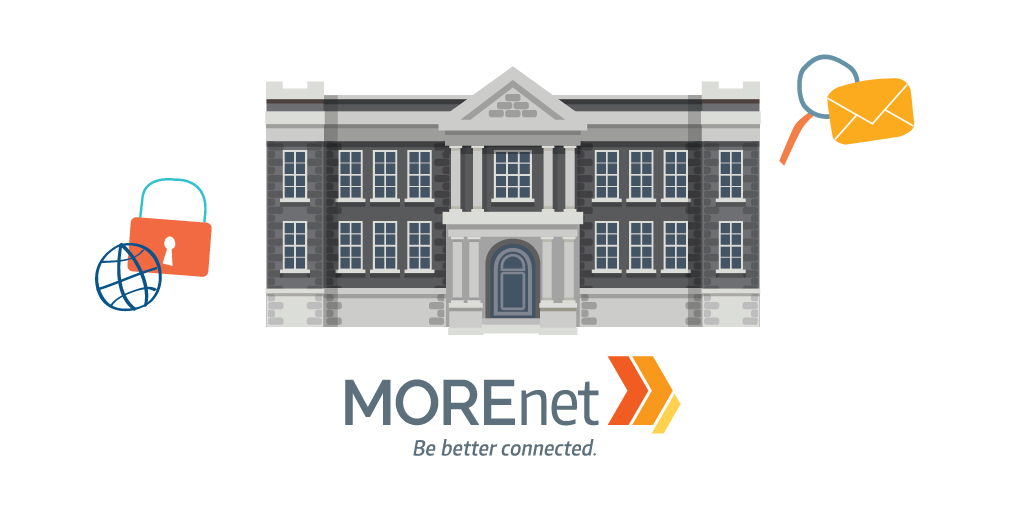
Code.org has been leading the charge for computer science education in schools for several years. Code.org has partnered with industry leaders to drive computer science education globally. Teaming with Google, Microsoft, Common Sense Education, as well as International Society for Technology Education (ISTE) and the Computer Science Teachers Association (CSTA). These bonds have given Code.org structure and support in building their comprehensive collection of curriculum and activities.
Not all students have an opportunity to take a computer science course that meets every day for a semester or term, especially in the elementary grades. To help fill this education gap, Code.org offers teachers grade-level specific content to share with their learners. The curriculum comes with everything a teacher needs to map out the lesson or unit, from key terms to printable handouts to an answer key. Most of the content includes a generic dialogue to use to help facilitate meaningful discussion. This script, along with an accompanying presentation, can help even a novice CS teacher navigate a lesson. The curriculum content is generally aligned to the CSTA K-12 Computer Science Standards, which are mirrored by the Missouri CS Performance Standards. This alignment helps schools and districts connect their learning to the standards used along with helping teachers ensure that their students are completing relevant activities.
While Code.org has curriculum that can be used every day for a month or an entire school year, there is also the option to assign an individual activity instead of using the entire lesson. This option is helpful for teachers that have established curriculum and want to simply add some related supplemental activity. Bringing in a new portion or a lesson or activity can enhance the learning process and bring new life to the content.
Unfortunately, not all students are able to visit a CS classroom or have that content shared with them every day. Code.org has learning activities for those in a time crunch or for those that are in a schedule where students only visit once every handful of days. The concept of Hour of Code is simple: students should be able to complete the activity within about an hour’s time. These are not long-term projects or extensive activities that account for many days of the school calendar. Instead, these are contained to a single class period. These Hour of Code activities can mirror what is seen in one of the traditional courses but can also serve as standalone experiences.
While a great deal of the content on Code.org is related to programming or coding, there are other avenues to consider. Artificial Intelligence (AI) is a hot topic in education, and Code.org has designed content to help learners better understand how machine learning is done and how humans still play a role in the process. Like the traditional content, the AI pieces don’t require block coding or JavaScript, which is helpful to show students that there is more to computer science than programming.
